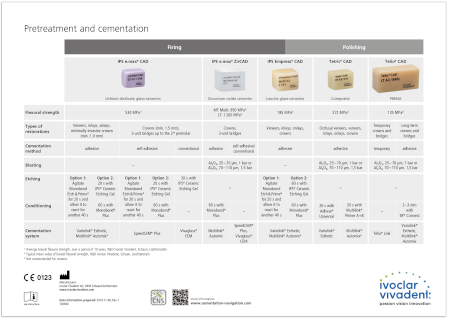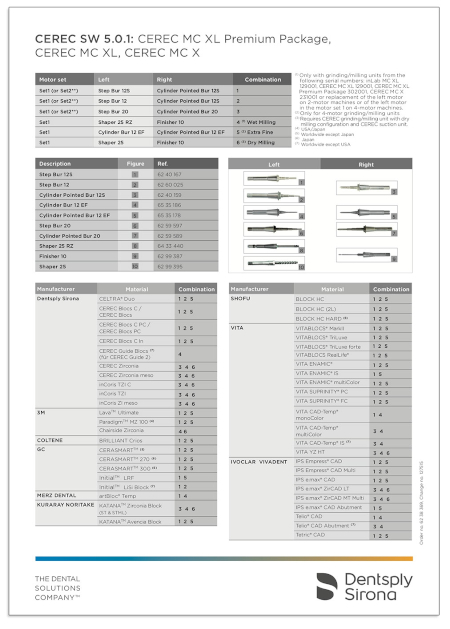
P
P
With approximately 50 different blocks to choose from, CEREC has by far the most material options for dentists using CAD/CAM today. Choice is good right? Well, sometimes with all that choice comes uncertainty and confusion. If you are relatively new to CAD/CAM, you might find the variety of materials overwhelming at first. We know because we get asked all the time! So here we present an overview of the most commonly used CEREC materials as well as when and where they should be used.
But first of all, we need to get something straight about dental materials. There is a trade off with dental materials between strength and translucency. Basically, the more translucent a material is, the weaker it is. That's why all those feldspathic veneers placed years ago still look gorgeous today. Feldspathic materials are extremely esthetic, but are not well suited for posterior cases. Likewise, the strongest materials are some of the ugliest materials in dentistry, but that too is changing in recent years with zirconia's becoming ever more esthetic.
Let's look a little closer at this trade off between translucency and strength:
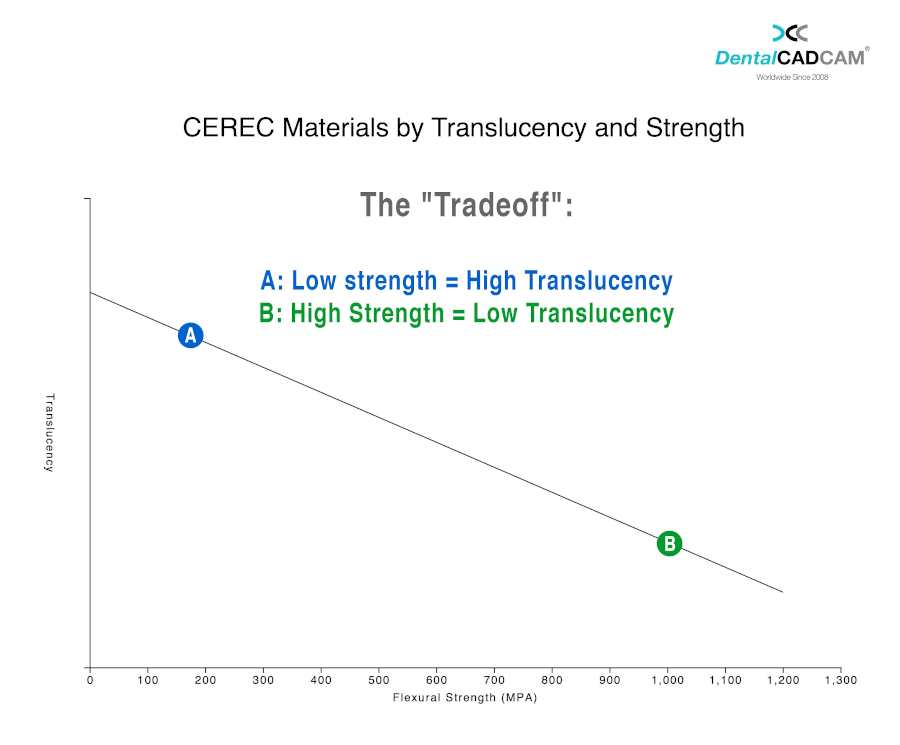
Point A represents a material which is high in translucency and low in strength.
Point B represents a material which is low in translucency but high in strength.
P
P
Now let's look where the most common CEREC materials are positioned in this trade off:
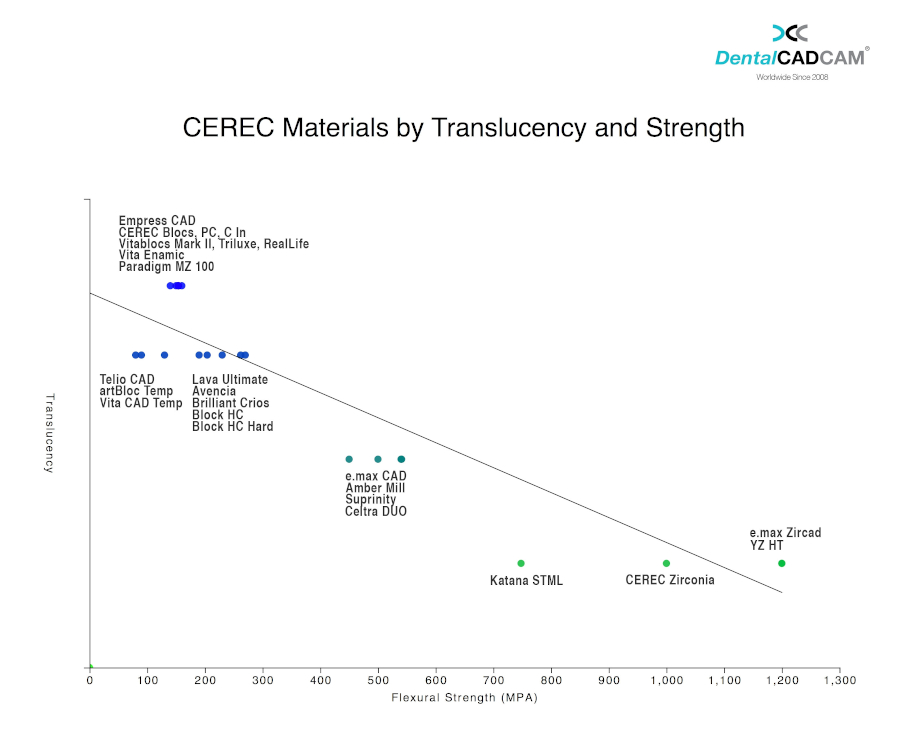 The most common CEREC materials positioned in the translucency/strength trade off. You will notice all the highly esthetic materials
The most common CEREC materials positioned in the translucency/strength trade off. You will notice all the highly esthetic materials
(Empress CAD, VITA Mark II, etc.) are in the upper left: highly esthetic, low strength and the Zirconia materials (Katana, Zircad, etc.)
are positioned in the lower right: low translucency and high strength.
P
P
Okay, so we know where our materials fall on the translucency/strength spectrum, let's now look at another important property of dental materials: whether they must be adhesively bonded or traditionally cemented. The adhesive technique is required for materials in the upper left while materials in the bottom right may be cemented. As we know, the adhesive technique is not only more expensive, but the technique itself requires more steps and more concentration from the dentist. Additionally, some preparations are exceptionally hard to isolate making the adhesive technique even more challenging. For this reason, we need to be aware of our choices in the posterior particuarly.
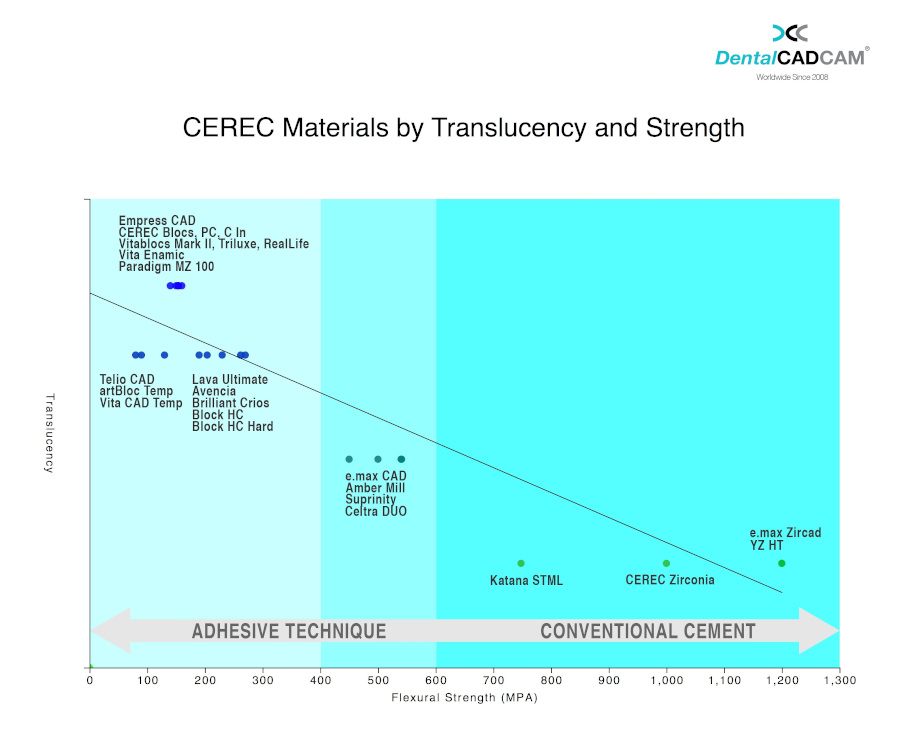 In general materials on the left need to be adhesively placed. Materials on the right may be cemented.
In general materials on the left need to be adhesively placed. Materials on the right may be cemented.
And what of the materials in the middle? Keep reading on...
P
P
Yes indeed, what about those materials in the middle? We often refer to this category of materials in the middle (good translucency, good strength) as "High Strength Glass Ceramics" or HSGC. This category includes the incredibly popular e.max CAD material from Ivoclar Vivadent, the original material in this category. The others (Suprinity, Amber Mill, Celtra DUO) were introduced years after e.max and do, at times, offer advantages over the original "blue block". However, e.max CAD has many, many longevity studies and this partly explains its popularity amongst CEREC doctors.
Can the High Strength Glass Ceramics be conventionally cemented? The answer is: sometimes. And this is what makes this category of materials interesting. More often than not, dentists are adhesively bonding e.max CAD restorations, but there are circumstances where they may be cemented, even in the posterior. Ivoclar recommends cementing e.max CAD only when the preparation (stump) has at least 4 mm of vertical and 1.5 mm of occlusal clearance. If the tooth does not satisfy that test, they recommend to adhesively place the restoration.
P
Here is Ivoclar Vivadent's guide to cementing their materials. Click the image to download the PDF (German/English):
P
P
And here is an overview of all CEREC Blocks currently in the 5.X Software and their associated milling/grinding burs. Click the image to download the PDF (English):
P
P
Congratulations! You are no longer a Beginner when it comes to CEREC Materials. Now we know there are three main categories of CEREC materials, that blocks under 600 MPA generally need to be adhesively placed while blocks over 600 MPA may generally be conventionally cemented.
Still have questions? No problem, we are here to help!
Happy Milling!
Your DentalCADCAM Team
P
P
P
P

 English
English
